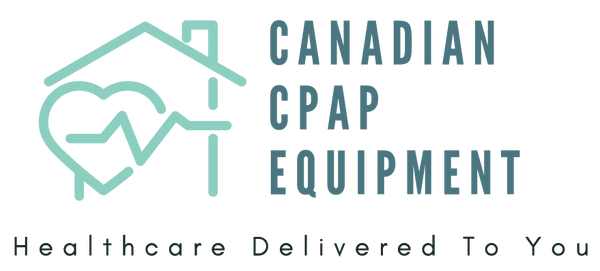Many people associate sleep apnea solely with loud snoring, often dismissing it as a harmless, albeit annoying, nighttime habit. However, sleep apnea is far more than just a noisy sleeper; it's a serious medical condition that can have significant impacts on your health and well-being. Understanding the true nature of sleep apnea, its various forms, and its subtle symptoms is the first step towards better sleep and a healthier life.
What is Sleep Apnea?
At its core, sleep apnea is a sleep disorder characterized by repeated interruptions in breathing during sleep. These pauses, or apneas, can last from a few seconds to minutes and may occur 5 to 30 times or more per hour. When breathing stops, your brain briefly wakes you up to restart breathing, often with a gasp or a choke. If you suspect symptoms like loud snoring, gasping, or daytime fatigue, a home sleep apnea test can help confirm the condition and guide you toward the right treatment. These awakenings are usually so brief that you don't remember them, but they disrupt your sleep cycle, preventing you from getting the deep, restorative sleep your body needs.
These awakenings are usually so brief that you don't remember them, but they disrupt your sleep cycle, preventing you from getting the deep, restorative sleep your body needs.
There are three main types of sleep apnea:
-
Obstructive Sleep Apnea (OSA): This is the most common type, occurring when the muscles in the back of your throat relax, causing the soft tissue to collapse and block your airway. Snoring is a prominent symptom of OSA.
-
Central Sleep Apnea (CSA): Less common, CSA occurs when your brain fails to send proper signals to the muscles that control breathing. This means there's no effort to breathe for a short period.
-
Complex Sleep Apnea Syndrome (Treatment-Emergent Central Sleep Apnea): This occurs when someone with OSA develops CSA during treatment for OSA, typically with CPAP.
Beyond the Snore: Recognizing the Symptoms
While loud, chronic snoring is a hallmark symptom of OSA, it's crucial to look beyond it. Many individuals with sleep apnea, especially those with CSA or milder forms of OSA, may not snore loudly, or their partners may not notice the breathing pauses. Here are other common signs and symptoms that might indicate sleep apnea:
-
Excessive Daytime Sleepiness (EDS): Feeling tired, drowsy, or fatigued throughout the day, even after a full night's sleep. This is one of the most common and impactful symptoms.
-
Morning Headaches: Waking up with a headache, often due to decreased oxygen levels during sleep.
-
Gasping, Choking, or Snorting During Sleep: These are often witnessed by a bed partner and indicate a struggle to breathe.
-
Irritability and Mood Changes: Lack of restorative sleep can lead to mood swings, anxiety, and depression.
-
Difficulty Concentrating or Memory Problems: Cognitive function can be impaired due to chronic sleep deprivation.
-
Frequent Nighttime Urination (Nocturia): Sleep apnea can affect kidney function and the sleep-wake cycle, leading to more frequent trips to the bathroom at night.
-
Restless Sleep: Tossing and turning, or frequently waking up during the night.
-
Dry Mouth or Sore Throat Upon Waking: Often a result of mouth breathing during sleep.
-
Decreased Libido: Sleep disturbances can impact hormone levels.
Why Understanding Matters
Recognizing these symptoms is vital because untreated sleep apnea can lead to a host of serious health complications, including high blood pressure, heart attack, stroke, diabetes, and an increased risk of accidents. It can also significantly diminish your quality of life, affecting your relationships, work performance, and overall well-being.
If you or your partner notice any of these signs, it's important to consult with a healthcare professional. Early diagnosis and treatment can prevent severe health consequences and dramatically improve your sleep quality and overall health. Don't let sleep apnea go undiagnosed; taking action can lead to a healthier, more energetic you.
Next Steps: If you suspect you might have sleep apnea, consider exploring at-home sleep testing options, a convenient and accurate way to get a diagnosis from the comfort of your own home. Stay tuned for our next post, where we'll delve into the benefits of at-home sleep apnea testing.

